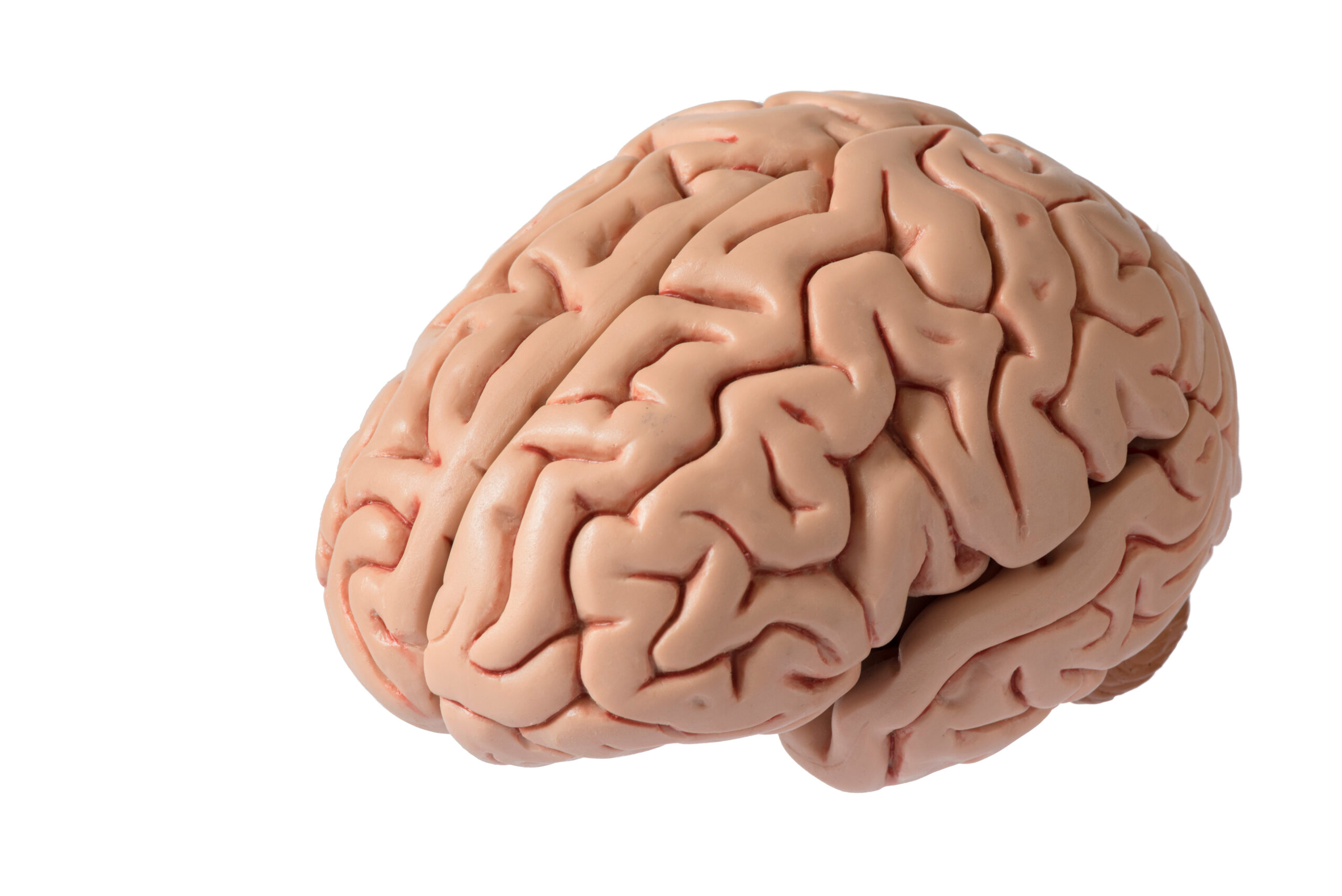Dementia-Friendly Home Modifications You Haven’t Considered
### Creating a Dementia-Friendly Home: Simple Modifications You Haven’t Considered
Living with dementia can be challenging, but making a few simple changes to your home can significantly improve the quality of life for both you and your loved ones. Here are some practical and often overlooked modifications that can make a big difference.
#### 1. **Accessible Fixtures and Fittings**
When it comes to fixtures and fittings, simplicity is key. Easy-to-operate door handles, lever-style taps, and rocker switches for lights are much better for those with limited mobility or coordination difficulties. Using contrasting colors for fixtures, like white handles against darker backgrounds, makes them easier to locate and use.
#### 2. **Familiarity and Comfort**
Dementia patients often feel anxious in unfamiliar environments. To combat this, incorporate familiar items like furniture or personal photographs. These can evoke memories and feelings, reducing anxiety and promoting a sense of belonging. A balance of personal and familiar communal elements ensures both individuality and connection to the space.
#### 3. **Comfortable Seating Areas**
Comfortable, recognizable furniture helps with relaxation and social interaction. Seating should be supportive, stable, and upholstered in soft fabrics to provide physical comfort. Arrange furniture in a way that encourages social engagement, especially in care home settings where multiple residents will be using the space. Placing furniture near natural light sources or scenic views further enhances well-being.
#### 4. **Sensory-Friendly Elements**
Sensory considerations are often overlooked but are crucial for dementia patients. Proper lighting is essential to avoid shadows and glare, which can cause confusion and anxiety. Natural lighting supports circadian rhythms and overall mood, so maximize it as much as possible. During evening hours, soft, warm, and evenly distributed lighting can help create a calming atmosphere.
Using contrasting colors for objects like door frames, edges of furniture, or light switches makes them easier to identify. Shiny surfaces or complex patterns can be confusing, but strategic use of color can make things easier to manage. Soothing sensory elements like plush cushions and throws provide tactile comfort, while gentle background sounds and pleasant scents like lavender or citrus can evoke positive feelings and reduce stress.
#### 5. **Calming Bedrooms**
A familiar, uncluttered bedroom design can create a calming retreat. Personal items like photographs or favorite decorations reinforce familiarity and comfort. For those who struggle with sleep, gentle, adjustable lighting can create a relaxing atmosphere and reduce glare. Organizing the space with minimal distractions helps ease nighttime confusion and promotes a sense of security.
#### 6. **Kitchens and Dining Areas**
Kitchens should balance safety with accessibility. Lockable cabinets for sharp or dangerous objects like knives or cleaning supplies may be needed. Everyday items, such as plates and cups, should be stored in visible and easily reachable locations to encourage independence. Appliances with simple controls and automatic shut-off features add an extra layer of security.
Dining areas should be designed for comfort and focus. Comfortable seating arrangements allow individuals to sit securely, while soft, natural lighting creates a calming ambience. Minimize distractions like loud noises or visual stimulation to aid concentration. Table settings with contrasting colors like white plates on dark tables can help people distinguish food and utensils.
#### 7. **Assistive Technologies**
Incorporating assistive technologies can significantly enhance safety and independence. Motion sensors can detect unusual activity like wandering at night and alert caregivers without intruding on the individual’s privacy. Smart lighting systems that adjust automatically based on movement or the time of day can help prevent accidents. Fall detection systems, such as wearable devices, send immediate notifications to carers in case of incidents, allowing for a quick response.
Other useful technologies include talking picture frames that play recorded messages or music, digital calendars, and reminders for managing daily tasks. These reduce the burden of memory loss and help create a greater sense of independence and confidence in daily life.
#### 8. **Case Study:





